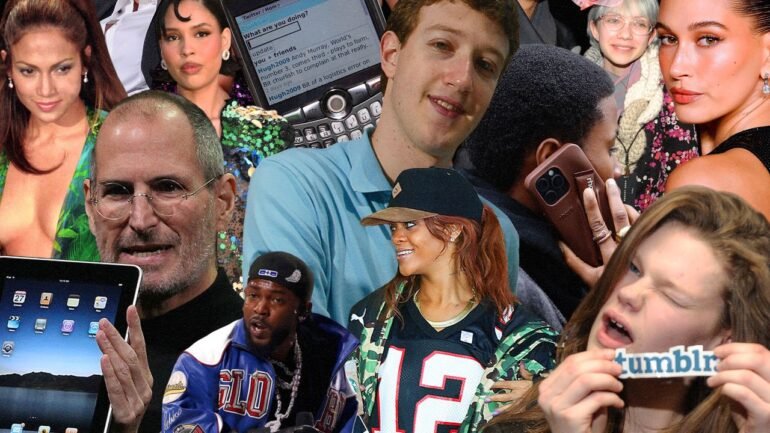Social media is in flux. In the last five years, we’ve seen Twitter tank, TikTok explode onto the scene and then almost get banned (twice) in the US, its fate still unclear, and major algorithm changes at Instagram that have made reach unreliable. Some may argue change is the nature of the game: “I started working on the internet in 1990, and since then I’ve watched Microsoft try to be AOL, AOL try to be Yahoo, Yahoo try to be Google, Google try to be Facebook, and Facebook try and succeed at being Snapchat and Instagram, by buying Instagram and copying Snapchat. And then TikTok is one of the most interesting stories in the history of humanity. TikTok is like opium,” says Ian Rogers, who moved from Apple to LVMH in 2015, to be chief digital officer, a role he maintained until 2020 (he is now chief experience officer at crypto company Ledger).
As platforms continue to develop and innovate, the way audiences engage with social media evolves, too. In turn, fashion and beauty brands have been along for the ride, changing tack, shifting strategies and reallocating budgets to follow audiences and creators wherever they may go, vying for eyeballs and engagements, and increasingly relying on social platforms for sales conversions (with varying degrees of success). “Brands are always late. When in the history of the internet has it been brands first, then users? Users always lead, then there’s a critical mass and brands enter,” says Rogers.
